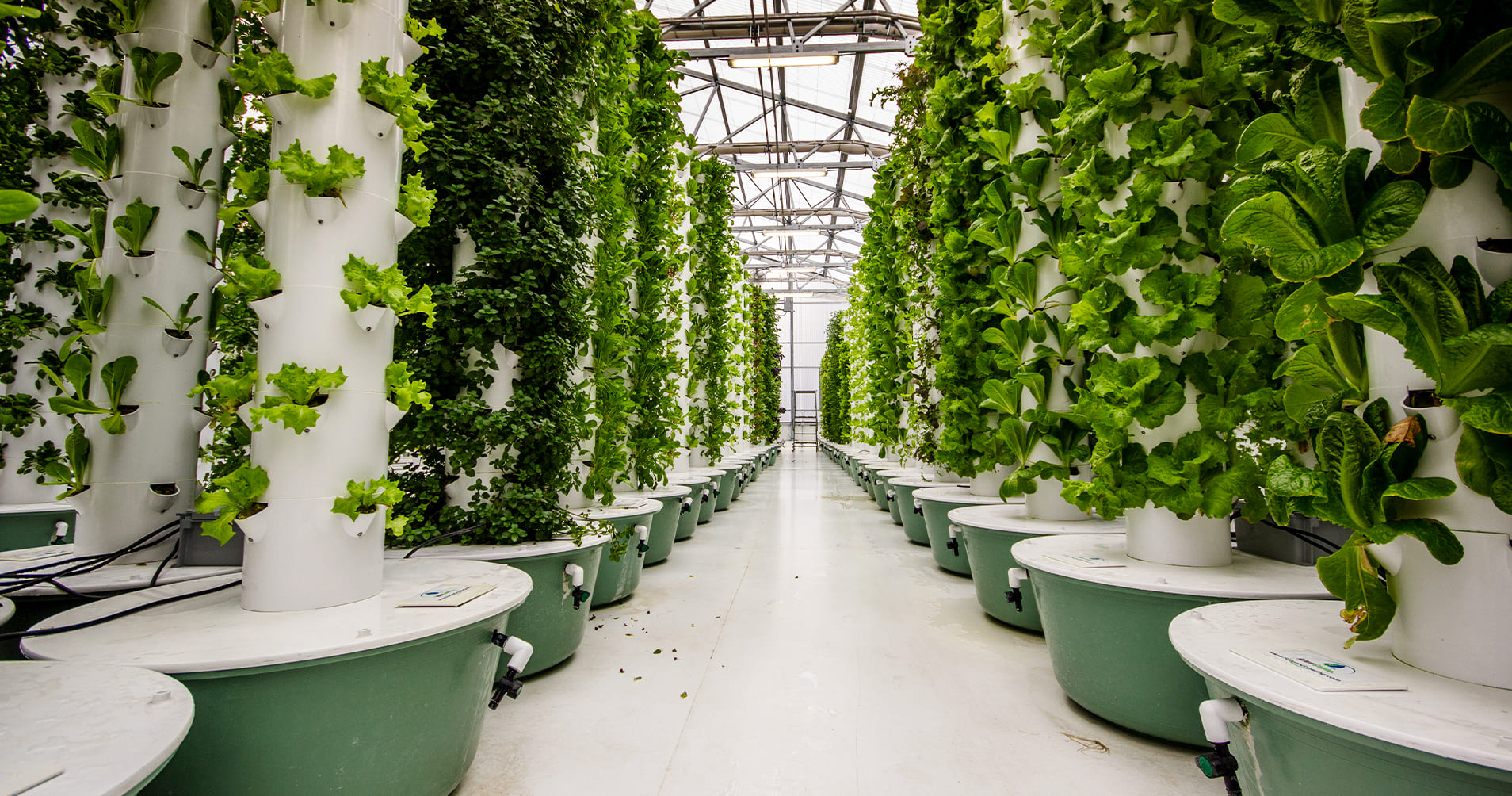Hyundai Motorstudio Senayan Park
Hyundai Motorstudio Senayan Park
Newsroom
The official news from Hyundai Motorstudio Senayan Park and a collection of innovative articles on mobility and sustainability here.
-
Aeroponics: Soilless, Water-Efficient, & Space-Saving Cultivation
- Hyundai Motorstudio Senayan Park Senayan Park 2024.05.17
-
The limitation of land should not hinder us from growing plants and creating green spaces. For the solution, we can try aeroponics as a space and water-saving planting technique. Aeroponics utilizes air as the growing medium, maximizing plant productivity.
Learn more about aeroponics, its advantages, and how to grow plants using this technique below!
The Definition of Aeroponics
The term "aeroponics" comes from the words "aero" (air) and "ponos" (labor). In essence, aeroponics is a process of growing plants utilizing air as a growing medium. The plants receive nutrition through a misting system that sprays mist solvent on plant roots periodically.
The aeroponic technique is quite effective in increasing plant growth because the roots can directly absorb nutrients from the solution. The misting process, which is carried out periodically, also allows us to save more water. For example, by setting one minute on and one minute off, not spraying nutrient mist all the time.
In aeroponics, the plants are placed in a container with the roots hanging in the air. After arranging several plants, we can install a misting device that will provide nutrition to the plant roots. Plant arrangement can be done horizontally or vertically to save more land.
The following are several types of plants that are suitable for planting using aeroponic techniques:
- Vegetables: lettuce, spinach, kale, mustard greens, tomatoes, peppers, eggplant, chilies, etc.
- Fruits: strawberries, melons, watermelon, grapes, and etc.
- Ornamental plants: orchids, anthurium, aglaonema, and etc.
Advantages of Aeroponics
Aeroponics planting provides several advantages, including the following:
1. Maximizing Land Use
As previously discussed, aeroponics provides a land-saving planting solution. We can apply this technique even with limited land, as the plants can be positioned closer together. For even greater space optimization, we can arrange them vertically or form a plant tower.
2. Water Efficiency
One of the key advantages of aeroponics is its superior water efficiency. The nutrient mist sprayed directly on the roots will minimize evaporation. As a result, water usage becomes more effective.
3. Faster Growth
Planting in air media not only saves land, but also allows plants to obtain oxygen in abundance. Air exposure ensures ample oxygen for growth, leading to faster harvests. Aeroponics also allows for more precise control of nutrients, helping to improve crop quality and yield.
4. Reduced Risk of Pests and Diseases
Apart from increasing growth, aeroponic techniques also help minimize pests and diseases in plants. The absence of direct contact between roots and soil prevents the plant from most of the pests and diseases that usually attack plants in the ground.
How to Plant with Aeroponics
After understanding the concept and advantages of aeroponics, now we will review how it is applied. The following are steps that can be applied to grow plants using aeroponics.
Prepare Equipment and Plants
The first step we need to do is prepare the equipment for aeroponic planting. This includes the container to be used, growing media for the seeds, nutrient solvent, and a pump for the misting process. Apart from equipment, choose the plants that will be planted in this aeroponic system.
Carry Out the Seeding Process
Once the equipment and plants are ready, the next step is to carry out the seeding process. Plant the previously selected plant seeds in a planting medium such as rockwool or sponge. Make sure the seeds grow well until they become sprouts and establish strong root systems.
Transplant Seedlings into Containers
Once the seeds grow into sprouts and are strong enough to be transplanted, the next step is to transplant them to a container. We can use various options like net pots, regular pots, PVC pipes, or used bottles with holes cut into them.
Make sure the transplanting process is done carefully and the roots are hanging in the air. Even though the distance between plants can be closer, make sure they are not too close together to allow for optimal growth.
Set Up the Misting System
When the plants are ready, we can set up the misting system with a nutrient solvent and a pump. Adjust the timer on the pump so that it can mist efficiently on a regular basis. We can also adjust the duration of spraying this nutrient mist according to the type of plant.
Once the aeroponic system is running, it doesn't mean we can be careless and hands-off. Always monitor the plants and make sure they get good nutrition. Also carry out routine maintenance such as pruning plants and cleaning the water system.
So, are you ready to try aeroponic gardening?




